Leather shoes are a staple in any wardrobe, loved for their durability and timeless style. However, they require proper care to maintain their beauty and functionality over time. In this guide, we’ll explore how to condition leather shoes, share real-world experiences, and provide tips and tricks to keep them looking new. Whether you’re a shoe enthusiast, a fashion lover, or a professional, this article is for you!
Why Conditioning Leather Shoes is Important
Conditioning leather shoes is crucial for several reasons. Leather is a natural material that can dry out and become brittle over time. Conditioning helps to:
- Retain Moisture: Leather needs moisture to stay supple. A good conditioner replaces lost moisture and prevents cracking.
- Enhance Appearance: Conditioning helps restore the natural luster of leather, making your shoes look great.
- Extend Lifespan: Regular conditioning can prolong the life of your leather shoes, saving you money in the long run.
Real-World Footwear Experiences
Many leather shoe owners share success stories regarding the benefits of conditioning. For instance, John, a wedding photographer from Chicago, invested in a high-quality pair of leather Oxfords. Initially, they were stiff and uncomfortable. After conditioning them with a high-grade leather conditioner, he noticed a remarkable difference. “They became so much softer and more comfortable. It was like wearing a new pair of shoes,” he shared.
Step-by-Step Guide on How to Condition Leather Shoes
What You’ll Need
Before you begin, gather the following items:
- Leather conditioner (choose a product suitable for your shoe type)
- Soft cloths
- Shoe brush
- Warm water
- Optional: Leather cleaner
Step 1: Clean Your Shoes
Begin by removing any dirt or dust from your shoes. Use a soft cloth or a shoe brush to wipe down the exterior. If your shoes are particularly dirty, consider using a leather cleaner to prepare the surface for conditioning. Make sure to follow the instructions on the cleaner for best results.

Step 2: Apply Conditioner
Once your shoes are clean, apply a small amount of leather conditioner to a soft cloth. Gently rub the conditioner into the leather, working in circular motions. Ensure you cover all areas, especially the seams and creases. Avoid over-saturating the leather, as this can lead to a sticky residue.
Step 3: Let It Absorb
Allow the conditioner to absorb into the leather for at least 20 minutes. This step is essential as it lets the conditioner penetrate deep into the leather fibers, offering maximum protection.
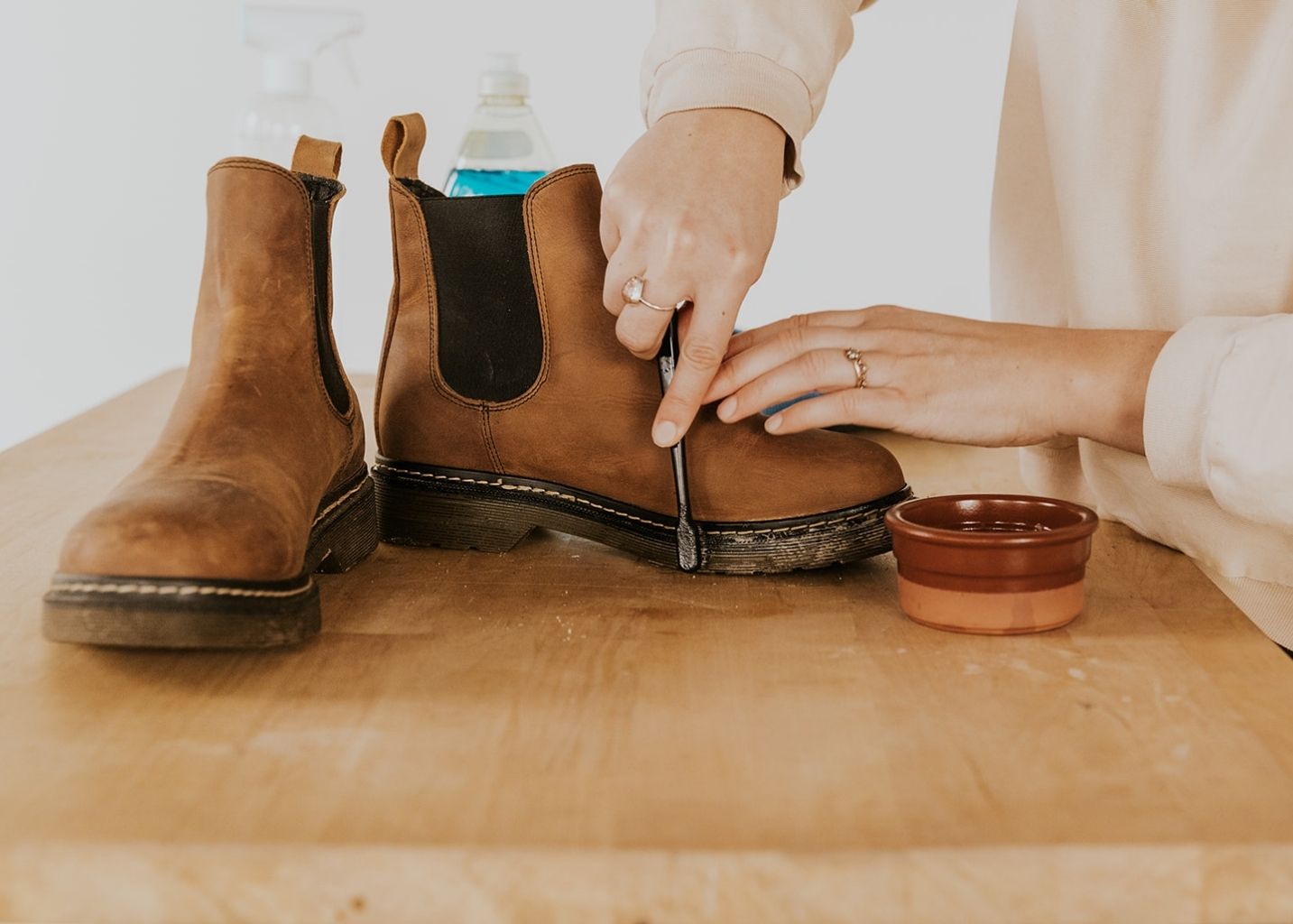
Step 4: Buff the Shoes
After the conditioner has absorbed, use a clean, dry cloth to buff the shoes. This will help to restore some shine and remove any excess product. Buffing also enhances the overall appearance of your leather shoes.
Step 5: Store Properly
Once conditioned, store your shoes in a cool, dry place away from direct sunlight. Consider using shoe trees to help maintain their shape.

Tips for Effective Leather Conditioning
Choose the Right Conditioner
Not all leather conditioners are created equal. Research different brands and find one that suits your type of leather. For example, some conditioners are specifically formulated for smooth leather, while others work better for suede or nubuck.
Frequency of Conditioning
How often should you condition your leather shoes? It depends on usage. For frequently worn shoes, consider conditioning every 3-4 weeks. For occasional use, conditioning once every few months may suffice.
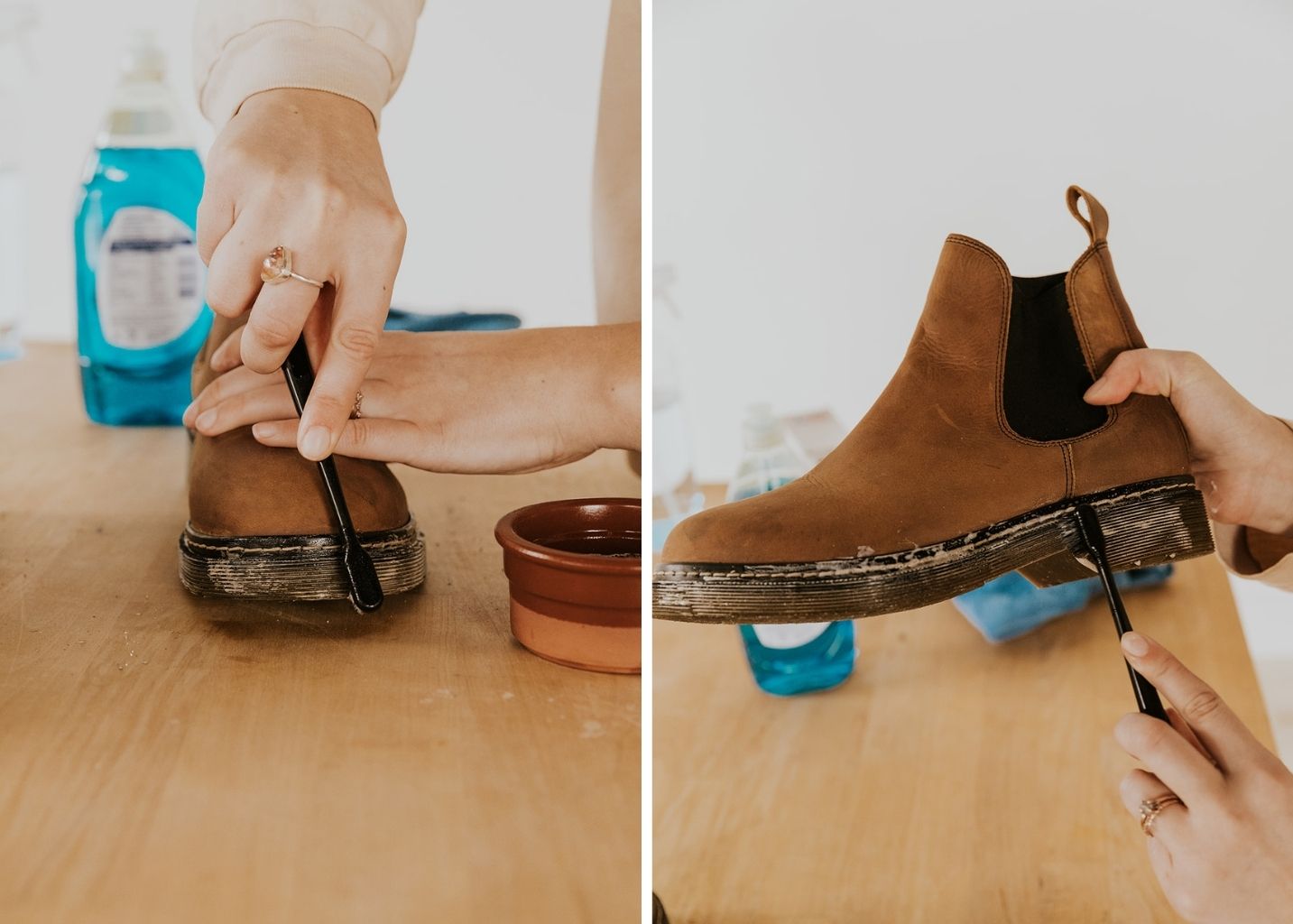
Case Study: Conditioning Frequency
A study from the Leather Working Group notes that regular conditioning aids in maintaining the natural oils within leather, preventing premature aging and wear. Users who conditioned their leather shoes consistently reported a significant decrease in cracking and fading.
Product Highlights: Best Leather Conditioners
Comparison Table of Popular Brands
| Brand | Type | Pros | Cons |
|---|---|---|---|
| Fiebing’s | Traditional Conditioner | Deep penetration, affordable | Can darken lighter leathers |
| Leather Honey | Natural Conditioner | Non-toxic, long-lasting | Long drying time |
| Bickmore Bick 4 | All-in-One | Restores shine, easy to apply | May leave residue if too much is used |
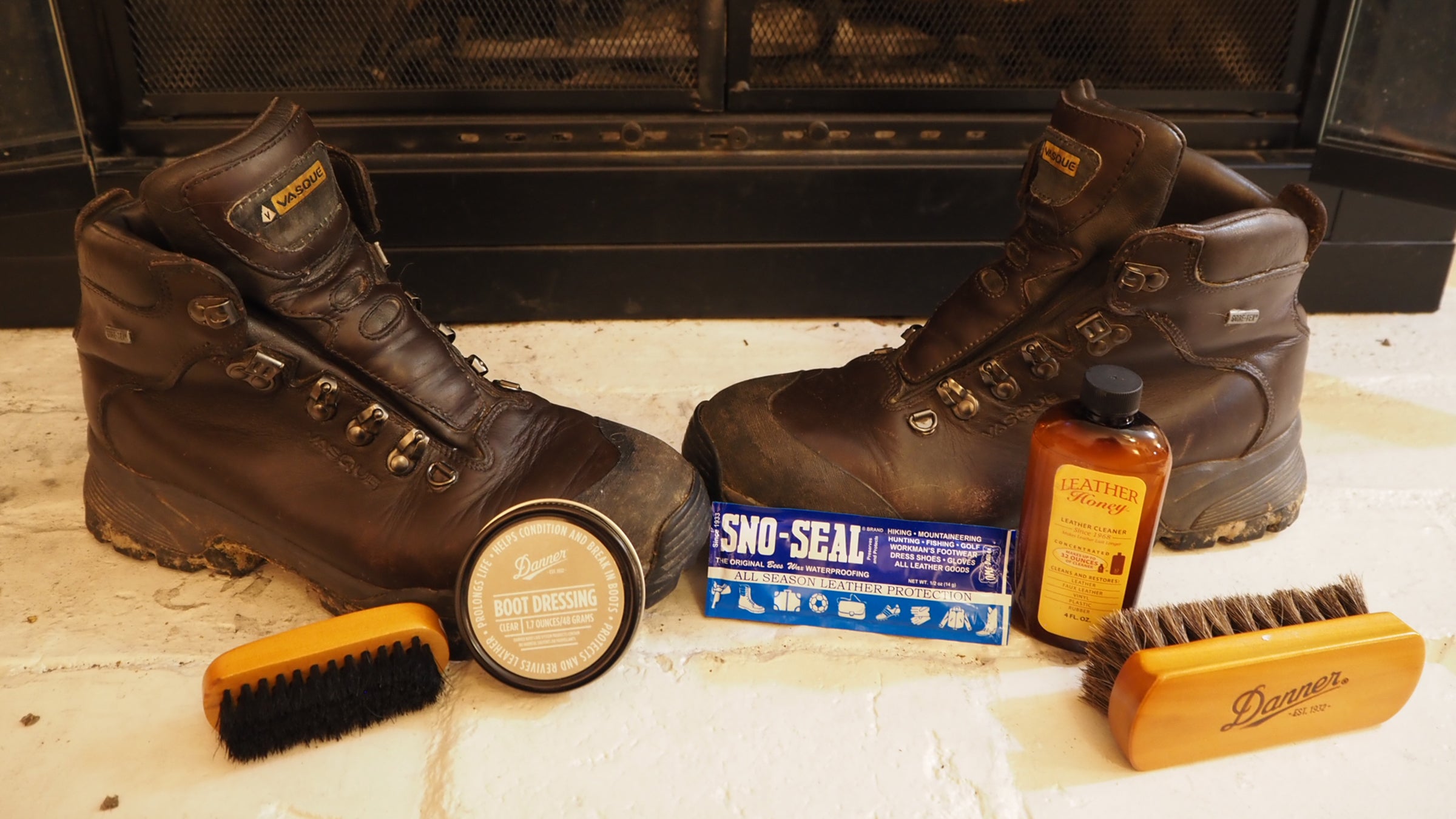
Pros and Cons of Conditioning Leather Shoes
Pros
- Prolongs the life of shoes
- Enhances appearance
- Prevents cracking and drying
- Allows flexibility in movement
Cons
- Potential for darkening lighter colors
- Over-conditioning can lead to a sticky feel
- Some conditioners may not be suitable for all leather types

FAQs About Conditioning Leather Shoes
1. How do I know if my leather shoes need conditioning?
Signs that your leather shoes need conditioning include dryness, cracking, or a dull appearance. If your shoes feel stiff, it’s time to condition them.
2. Can I use regular lotion instead of a leather conditioner?
No, regular lotion contains ingredients that can damage leather. Stick to products specifically designed for leather care.
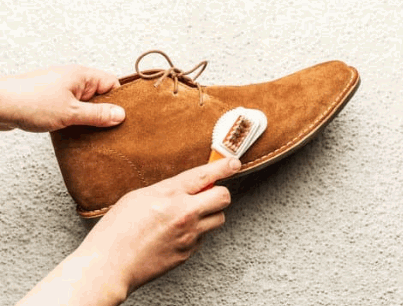
3. Are there eco-friendly leather conditioners available?
Yes, many brands offer eco-friendly leather conditioners made from natural ingredients. Check labels for non-toxic and biodegradable claims.
4. What’s the best way to store conditioned leather shoes?
Store them in a cool, dry place away from sunlight. Using shoe trees can help maintain their shape.
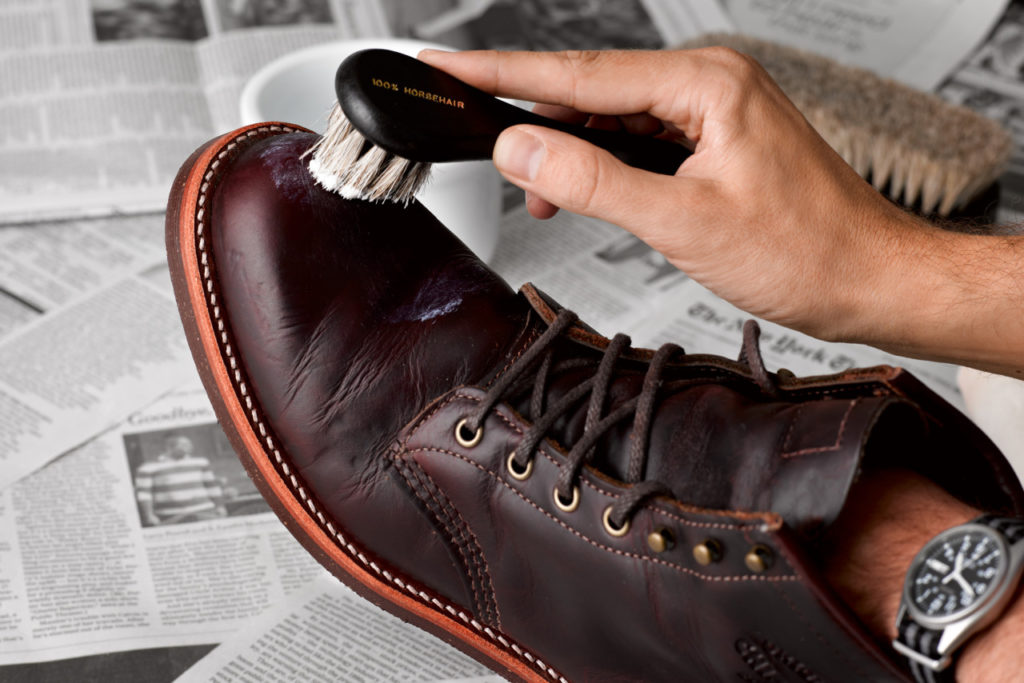
5. How long does it take for leather conditioner to dry?
Most conditioners take about 20-30 minutes to absorb. It’s best to leave them in a well-ventilated area to dry positively.
6. Can I condition my shoes after wearing them?
It’s best to condition shoes after cleaning them. However, if they are slightly damp from sweat, let them dry completely before applying conditioner.
7. How often should I condition my leather shoes?
For frequently worn shoes, conditioning every 3-4 weeks is recommended. For occasional use, conditioning every few months is sufficient.
8. What’s the difference between conditioner and leather cream?
Conditioner moisturizes and softens leather, while cream provides a protective layer and enhances shine. Both can be used together for best results.
9. Is it safe to use conditioner on all types of leather?
Not all conditioners are suitable for all types of leather. Always check the product label to ensure it’s appropriate for your specific type.
10. Can I condition suede leather shoes?
Suede requires specialized care products. Use a suede-specific conditioner and avoid traditional leather conditioners.
11. What should I do if I accidentally over-condition my shoes?
If you’ve over-conditioned, use a clean cloth to wipe off excess product. You may also let them dry and buff to restore a better finish.
Conclusion
Properly conditioning your leather shoes is essential for maintaining their beauty and longevity. By following the steps outlined in this guide, you can ensure your footwear remains a staple in your wardrobe for years to come. Remember, a little care goes a long way. Happy shoe caring!
Disclaimer: Always perform a patch test with any new products on a hidden area of the leather to ensure compatibility.